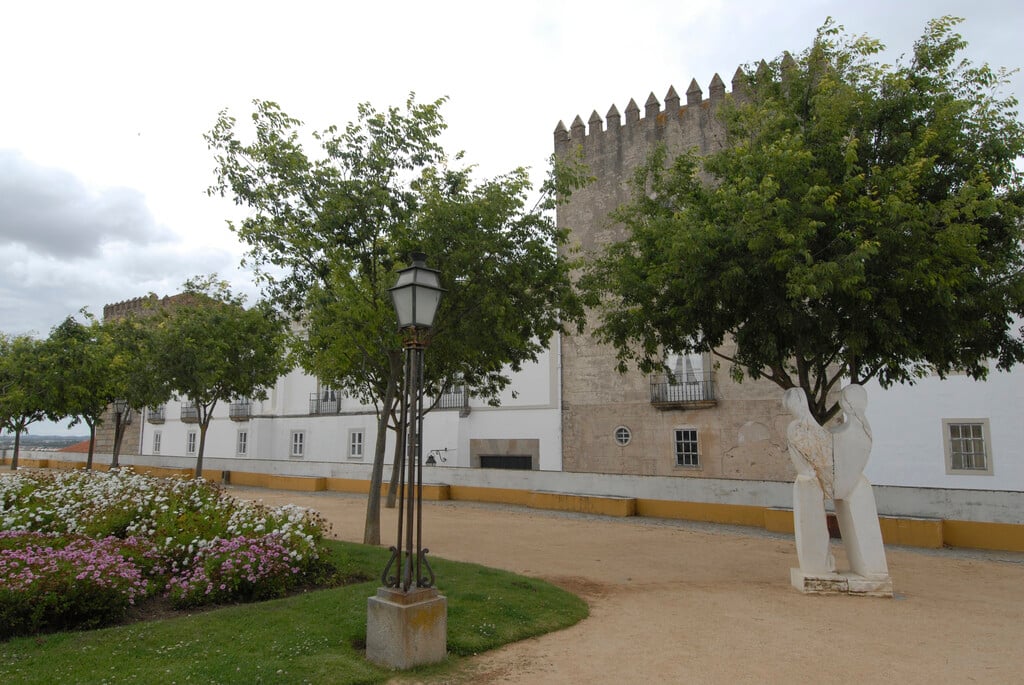Celtis australis
Mediterranean hackberry
A deciduous, spreading tree up to around 20m tall with a rounded crown. Dark green, oval, sharply-toothed leaves are up to 15cm long and turn pale yellow before falling in autumn. Inconspicuous yellowish-green spring flowers are followed by small, purple-black fruits up to 1cm wide hanging in small clusters

Buy this plant
Size
Ultimate height
Higher than 12 metresTime to ultimate height
10–20 yearsUltimate spread
Wider than 8 metresGrowing conditions
Moisture
Well–drainedpH
Acid, Alkaline, NeutralColour & scent
| Stem | Flower | Foliage | Fruit | |
| Spring | Green Yellow | Green | ||
|---|---|---|---|---|
| Summer | Green | |||
| Autumn | Yellow | Purple Black | ||
| Winter |
Position
- Full sun
Aspect
East–facing or South–facing or West–facing
Exposure
ShelteredDrought resistance
Yes Hardiness
H6Botanical details
- Family
- Cannabaceae
- Native to GB / Ireland
- No
- Foliage
- Deciduous
- Habit
- Spreading branched
- Genus
A genus of 60-70 species of deciduous or evergreen shrubs to medium-sized trees with serrated green foliage and clusters of small, greenish-white flowers which appear in the spring
- Name status
Correct
- Plant range
- Europe, N. Africa, Asia Minor
How to grow
Cultivation
Grow in fertile, well-drained soil in full sun; does best in hot summers in the UK
Propagation
Propagate by seed in autumn
Suggested planting locations and garden types
- Wildlife gardens
- Low Maintenance
Pruning
Pests
Generally pest-free
Diseases
Generally disease-free
Love gardening
Sign up to receive regular gardening tips, inspiration, offers and more
View our Privacy Policy
Get involved
The Royal Horticultural Society is the UK’s leading gardening charity. We aim to enrich everyone’s life through plants, and make the UK a greener and more beautiful place.